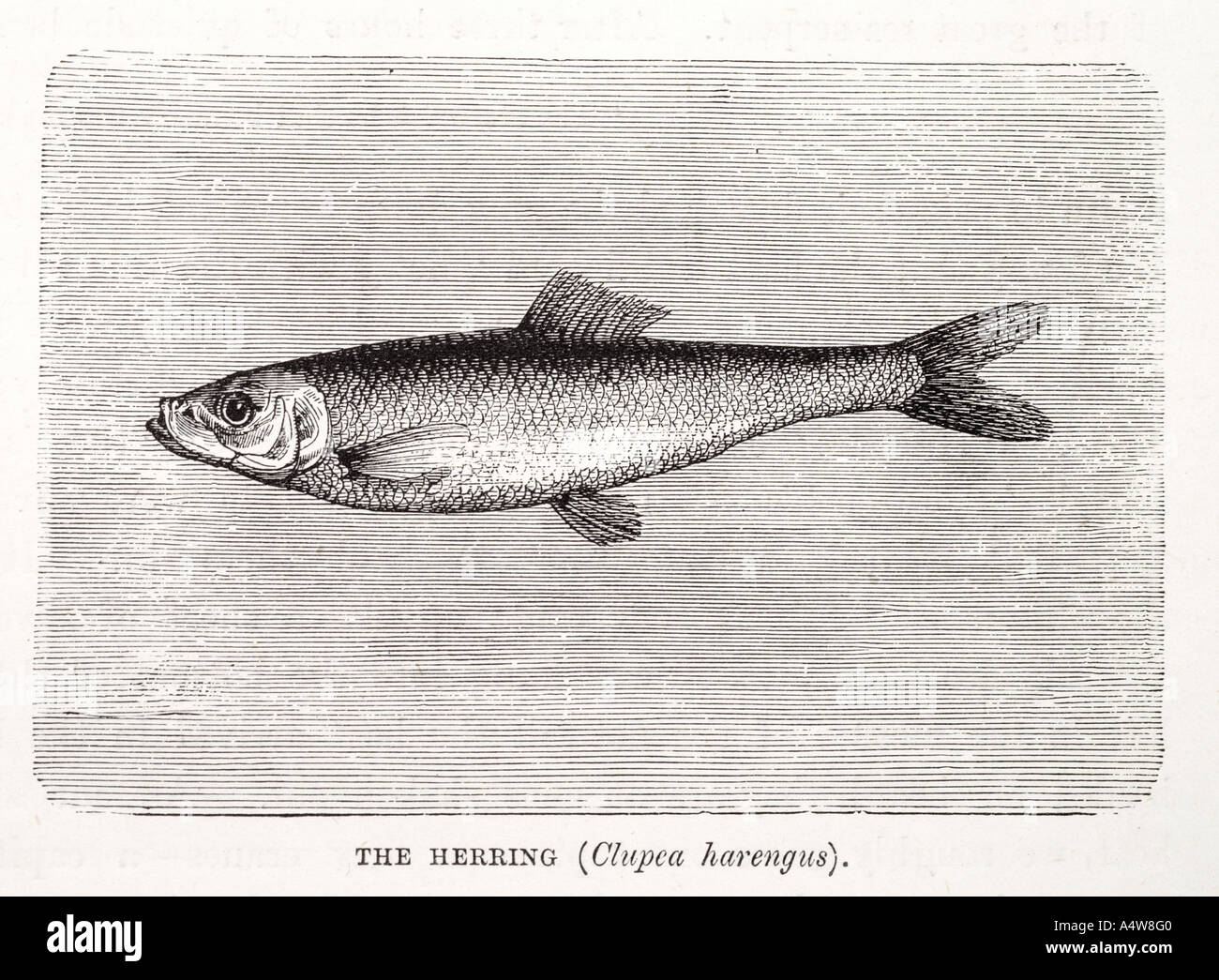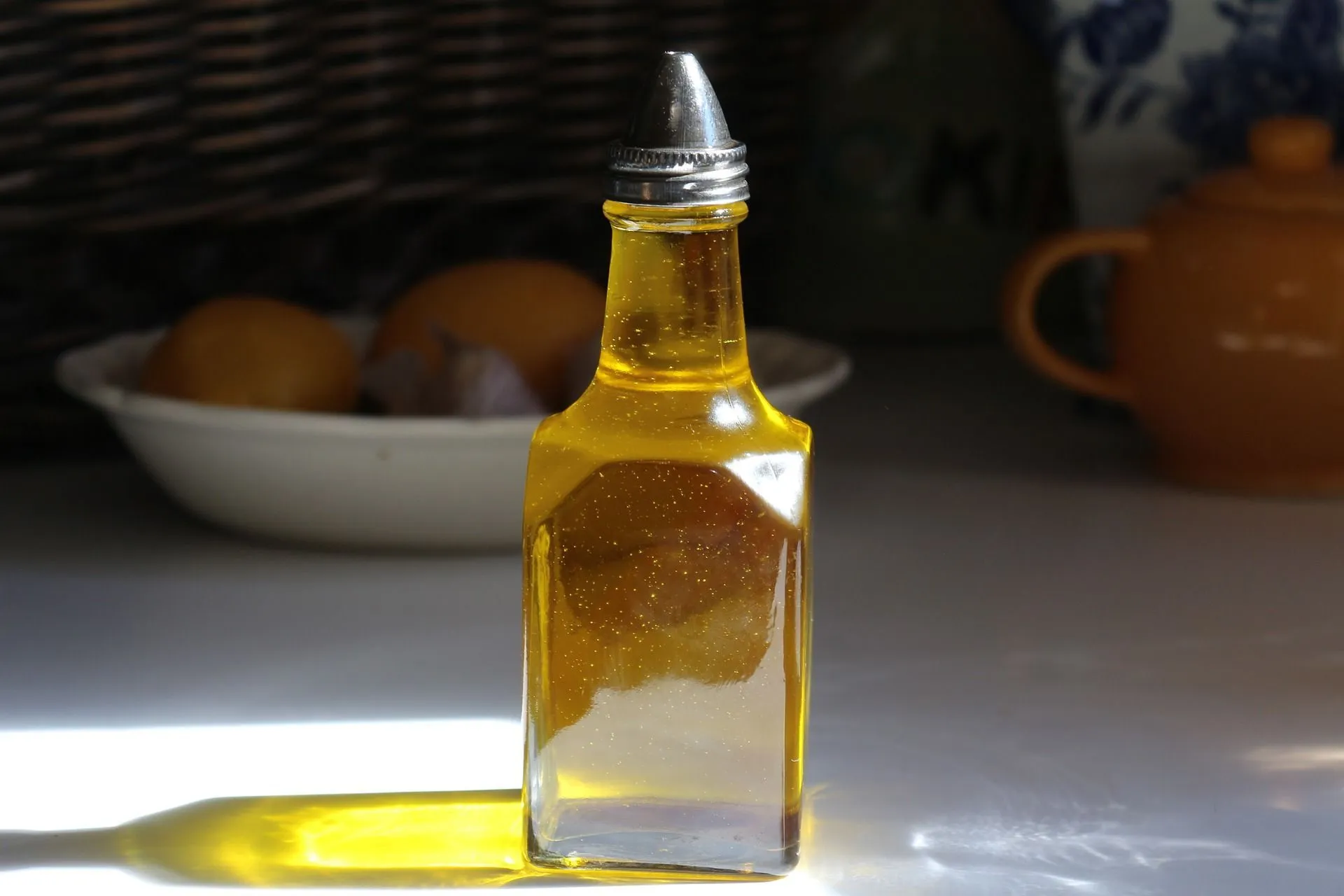Edible oils have played a crucial role in human history, both as a source of nourishment and as a medium for cooking. The use of edible oils can be traced back to ancient civilizations, where various types of oils were extracted from plants and used for cooking, medicinal purposes, and in religious ceremonies.
One of the earliest known uses of edible oils was in ancient Egypt, where oils were extracted from plants such as olives, sesame, and flax. These oils were used for cooking, as well as for the production of soap and cosmetics. In ancient Rome, olive oil was widely used as a cooking oil and as a condiment. It was also believed to have medicinal properties and was used to treat a variety of ailments.
In the Middle East, sesame oil was widely used as a cooking oil and was also used in the production of soap. In India, mustard oil was a popular cooking oil and was also used in traditional medicine. In China, peanut oil and sesame oil were widely used for cooking, as well as for the production of lamp oil.
The production and trade of edible oils increased significantly during the Industrial Revolution, with the development of new technologies for extracting and refining oils. This led to the availability of a wider variety of edible oils, including vegetable oils such as soybean oil, corn oil, and canola oil.
Today, edible oils are an integral part of the diet of people around the world. They are used in a variety of dishes and are also used in the production of margarine, shortening, and other food products. With the growing awareness of the health benefits of different types of oils, there has been a shift towards the use of healthier oils such as olive oil and avocado oil.
In conclusion, the history of edible oils is a long and varied one, with different oils being used in different parts of the world for cooking, medicinal purposes, and in various other applications. Today, edible oils are an essential part of the diet of people around the world and play a vital role in the food industry.







